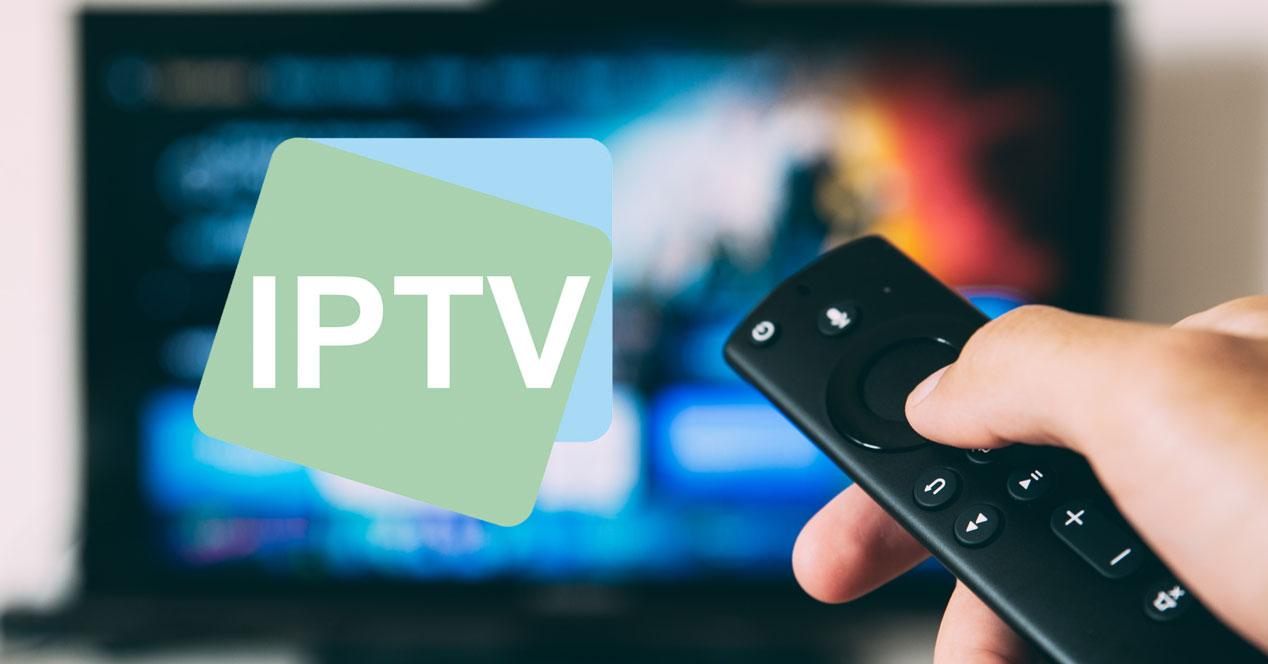Embracing IPTV: The Future of Cordless Viewing
Lately, the way we engage with entertainment has experienced a significant change. Conventional cable television is gradually giving way to additional adaptable and innovative solutions that suit our instant lifestyles. One of the top promising developments in this landscape is Internet Protocol Television, commonly known as IPTV. With its capability to deliver content via the internet rather than using traditional broadcasting methods, IPTV is quickly emerging as the future of television.
As viewers more and more seek personalized and easy viewing experiences, IPTV offers a enticing alternative by permitting access to a vast library of shows, movies, and live broadcasts at all times. This shift towards cable-free entertainment not just enhances user experience but also opens the door to new possibilities in content delivery, making it an exciting option for consumers across the world. With its seamless blend of technology and entertainment, IPTV is set to reshape how we enjoy our favorite programming.
What constitutes IPTV?
Internet Protocol Television, or Internet Protocol Television, refers to the distribution of TV programming over the web rather than through traditional terrestrial, satellite-based, or cable methods. By using a high-speed connection, IPTV permits viewers to stream their preferred programs and movies directly to their devices, providing increased flexibility and control over how they consume content. This innovation revolutionizes the way we view television, offering an array of content that can be accessed at any time and from anywhere.
One of the defining features of IPTV is its capacity for interactivity. Unlike conventional television, where viewers merely watch timed shows, IPTV permits users to select content as they wish. This implies that viewers can stop, reverse, or fast forward through content, creating a more personalized viewing experience. With the inclusion of advanced capabilities such as cloud recording and playback, IPTV caters to the modern consumer's need for convenience and choice.
IPTV can be segmented into 3 different types of services: live TV, VOD, and time-shifted television. Live TV mimics traditional broadcasting, allowing viewers to watch shows in real-time. Video on demand provides a library of programs that can be viewed at the user's leisure, while time-shifted TV enables viewers to watch previously aired programs at their own convenience. Collectively, these options position IPTV as a versatile and attractive substitute to conventional cable television.
Benefits of IPTV
One of the most significant benefits of IPTV is the flexibility. Unlike traditional cable television, which often binds viewers to specific package of channels, IPTV enables users to select specific content that matches their preferences. Thus, premiumiptvpro.com can access a variety of on-demand shows, movies, and live broadcasts without the excessive number of channels they may not watch. The ability to tailor subscriptions is appealing in an era where personalization is highly sought after.
Another advantage of IPTV is the superior streaming quality. With advancements in technology, IPTV provides high-definition and even 4K content, delivering a significantly immersive viewing experience. Users can enjoy uninterrupted viewing without the delays that plague some cable services. Furthermore, IPTV systems often come loaded with features like pause, rewind, and fast forward, enhancing the overall convenience of viewing television.
Affordability is also a compelling reason to embrace IPTV. Many IPTV services are priced at a lower price point compared to traditional cable packages. With fewer hidden fees and the ability to eliminate costs associated with equipment rentals, viewers can save a significant amount. This cost-effective nature, combined with the abundance of content choices, positions IPTV as a smart financial decision for those looking to cut costs while still enjoying quality entertainment.
Future Trends in IPTV
A field of IPTV is quickly evolving, with a single significant trend being the rise of customized program delivery. Cutting-edge algorithms and artificial intelligence are empowering service providers to analyze viewer likes and habits, allowing them to offer customized recommendations. This change towards customization not only boosts the user experience but also increases viewer engagement, as subscribers discover content that connects with their interests more effortlessly.
Another trend defining the future of IPTV is the growing integration of dynamic options and applications. Traditional television is being changed into an immersive experience, where viewers can connect with content through social platforms, voting mechanisms, or transactions in applications. This interactivity creates a more captivating environment that keeps audiences captivated and promotes them to participate in discussions about their beloved shows. As technology advances, we can foresee even further groundbreaking ways to link viewers with content and each other.
Ultimately, the drive for 5G deployment is set to transform the IPTV experience by delivering speedier and more dependable streaming. With the increased network bandwidth and minimized latency, viewers can experience ultra-clear content without disruptions. This advancement will not only enhance live streaming events but also support the growth of on-demand services. As internet access continues to improve, IPTV will become even more accessible, solidifying its position as the future of television.
